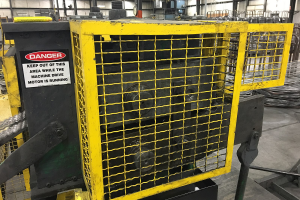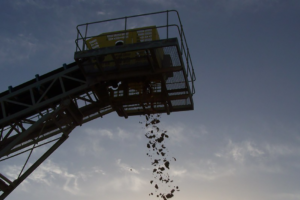OSHA suspends recordkeeping crackdown, newsletter reports
An industry newsletter is reporting that OSHA is suspending a pilot program to crackdown on alleged under-reporting of accidents and illnesses because the program has not found significant numbers of violations.
OSHA announced the program last year and said it would concentrate on industries with traditionally high accident rates. Within those industries, companies that have reported low accident rates were to be the most likely to be audited because of suspicions that the low rate might be generated by under-reporting.
But Inside OSHA (subscription required to view) is quoting unidentified sources as saying that “the agency has not found the number or degree of violations it had expected to uncover through the program.”
“A memorandum was issued on July 27 outlining the agency’s plan to halt programmed inspections under the OSHA recordkeeping National Emphasis Program (NEP), according to sources,” the newsletter reported.
Inside OSHA quoted an unidentified OSHA spokesman as saying that agency wanted to take a different approach to the recordkeeping program. “OSHA has several strategies for targeting that it’s planning to work through to determine which gets at its concerns on recordkeeping,” the newsletter quoted the spokesman as saying.



2 Comments
Have you seen the procedures for these inspections. Does not appear to review or dig into medical records. Find out where the company send there employees and then go there to get records and I think there would be more under reporting found.
The program does (did) dig into medical records and is (was) in fact highly invasive in terms of patient records and health care institutions. Health care providers are (were) asked to review all records for potentially hundreds of patients (employees) and provide all work related records so that the CSHO (OSHA Inspector) could audit them. Anyone who knows how health care records are kept and knows HIPAA regulations will understand that the recordkeeping NEP and HIPAA were like oil and water. The Medical Access Order applied by OSHA was broad and required production of reams of paper, hundreds of hours of staff time for health care providers (hospitals, clinics, etc.) who may have treated an employer’s workers. Medical charts are not kept according to work relatedness, so the records have to be reviewed and the non work related matters edited out before production. Ultimately the health care provider is required to do the audit for OSHA, at its own cost.